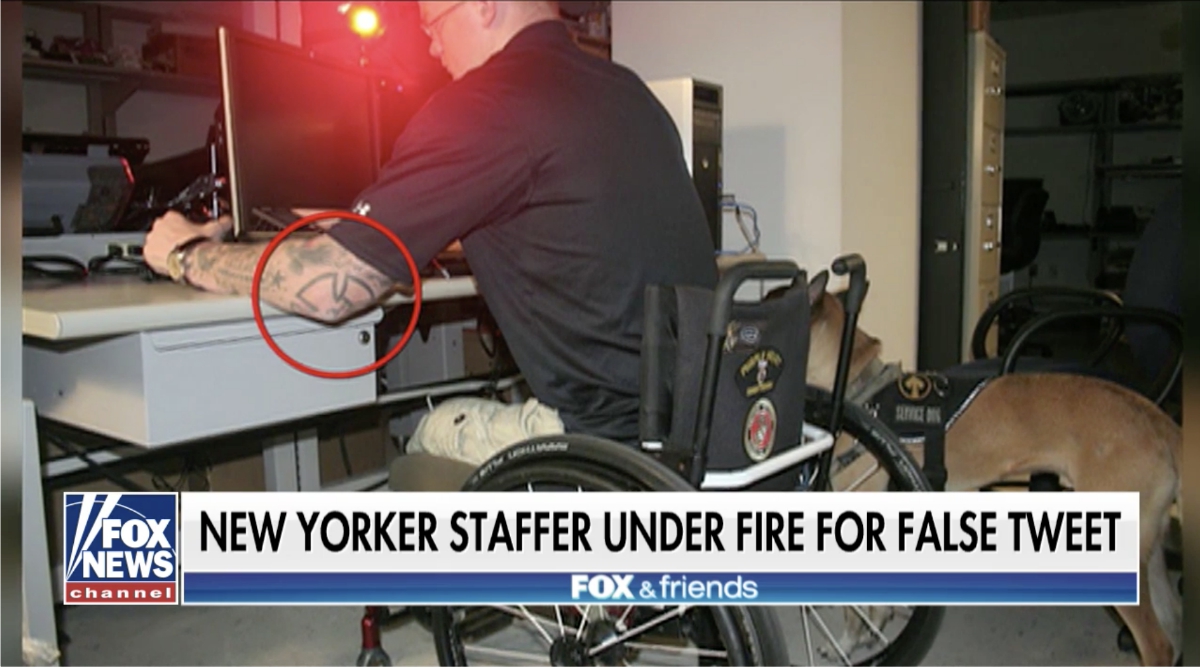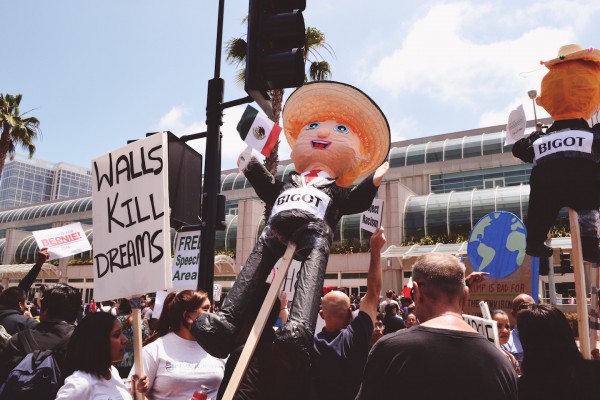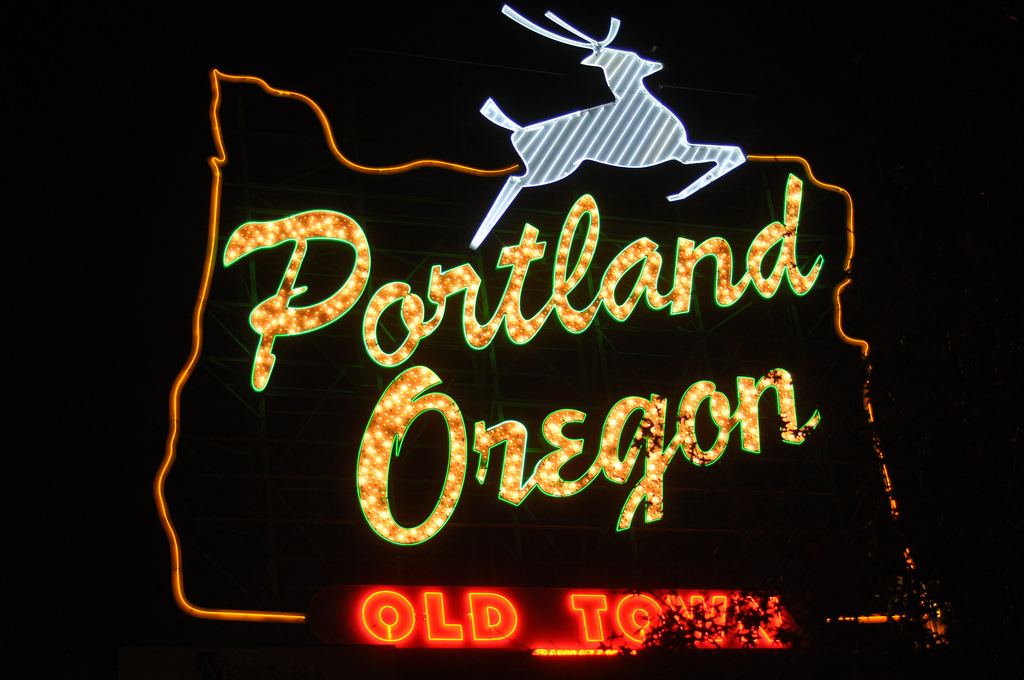01/05/2017 / By Don Wrightman
It’s no secret that San Francisco has a serious homelessness problem, with an estimated city street population between six and ten thousand. The homeless population is mostly confined to several downtown neighborhoods which are easy to spot – and smell.
San Francisco has had a shortage of working public restrooms since the city slashed funding for its Parks and Recreation department back in 2009. The city’s 311 help line has received a surge in reports of public defecation ever since. The city’s Public Works department has also received a 13.5 percent increase of service orders generated from public service requests, in regards to the waste. One area of the city has reported a 140 percent rise in public “number two” deposits. Public urination has also been on the rise, causing widespread damage to subway elevators, and escalators; building walls, and utility poles.
A web developer named Jennifer Wong has created a human wasteland map of San Francisco out of the public data that was available to her. The project won Zillow’s San Francisco office Fall 2014 Hack Week contest, and offers monthly maps from January till June of 2013. Although it has been years since the project, it still gives off a sense of where the problem is today.
“It’s easy for people to place blame on the homeless themselves,” said Wong. “But they need to take a look at the bigger picture and see that they have nowhere to go, to sleep, use the toilet, to shower … the obvious solution is to provide more public facilities throughout the city. Just six months of data is enough to show where there is the greatest need.”
The fecal problem is being addressed by some entrepreneurs and nonprofits, such as Lava Mae, a Google funded project that is converting old buses into mobile units which provide showers and toilets. Wong agrees that the city is also making some moves in the right direction, but there is still a lot of work to be done to eradicate the epidemic.
Most San Francisco residents were content to believe that the disgusting waste seen on sidewalks and flower beds came from pets whose owners weren’t mature enough to clean, but Wong’s map has really put things into a new perspective. Wong, the San Francisco native, was searching the web for interesting data sets when she stumbled upon the Department of Public Works records for sidewalk cleanings that addressed human waste or urine.
Sources:
DailyWire.com
CityLab.com
Mashable.com




















